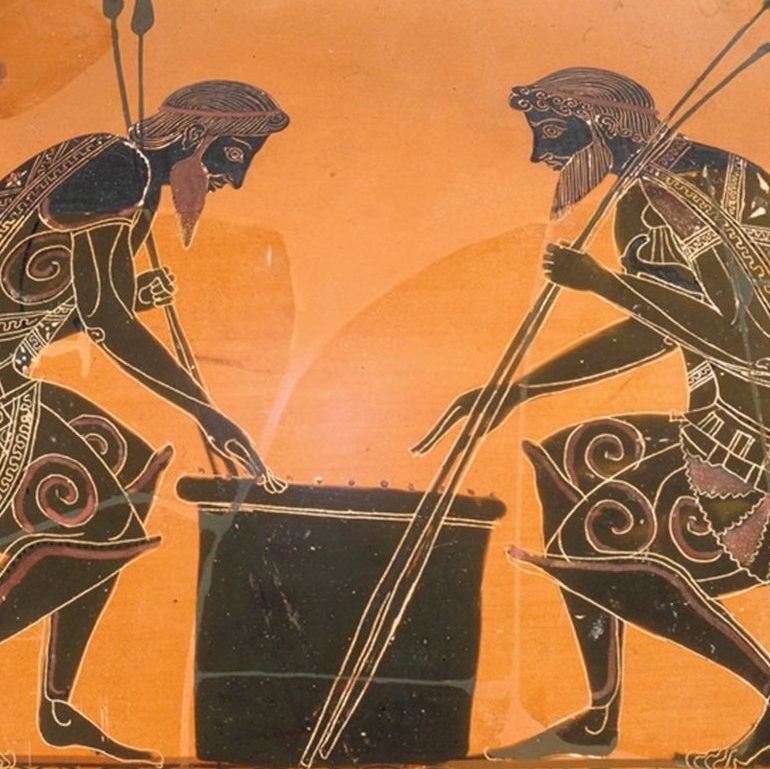On December 30, 2008 members of the San Carlos Apache community, accompanied by leaders and members of the Mescalero and Jicarilla Apache Tribes, who had traveled to San Carlos for the occasion, took part in a blessing ceremony at the site of Old San Carlos, the original Agency (Bureau of Indian Affairs) settlement on the reservation, beside the Gila and San Carlos Rivers. The purpose of the ceremony was to prepare the land for the installation of a memorial to be unveiled on February 17, 2009, the one hundredth anniversary of the death of Geronimo, who died in captivity, a prisoner of war, finally, for 23 years, at Fort Sills, Oklahoma, where he is buried.
“You felt the challenge in your very marrow—that unspoken challenge to prove yourself anything else than one more liar and thief, differing but little from the procession of liars and thieves who had proceeded you.”
After the San Carlos reservation was established in December of 1872, the U.S. government proceeded to close various Apache reservations, in violation of the treaties establishing them, and compel their tribal inhabitants to relocate to San Carlos. At times these relocations were smaller versions of the famed “trail of tears” of the 1830s that saw the forced relocation of the Choctaw, Creek, Chickasaw, Seminole, and Cherokee nations from their homelands in the South to what was then termed Indian Country – present day Oklahoma. On San Carlos, the original Aravaipa and Pinal Apache populations were joined by Tonto Apaches, Yavapais, Chiricahua, and others in a policy of Apache concentration.
Removed, in most cases from their traditional lands and denied their traditional nomadic freedom of movement and methods of sustenance, the San Carlos Apaches, provided with numbers and/or new European names, were dependent on the U.S. government, through the Agency, for survival. But food rations, firewood for warmth, and other essentials, were often inadequate, and Agency workers notoriously corrupt. Britton Davis, a U.S. Cavalry officer and leader of Apache scouts, and one of the handful of men who participated in the final capture of Geronimo, gave this account of conditions at Old San Carlos in his memoir The Truth About Geronimo:
A gravelly flat in the confluence of the two rivers rose some thirty feet or so above the river bottoms and was dotted here and there by the drab adobe buildings of the Agency. Scrawny, dejected lines of scattered cottonwoods, shrunken, almost leafless, marked the course of the streams. Rain was so infrequent that it took on the semblance of a phenomenon when it came at all. Almost continuously dry, hot, dust and gravel-laden winds swept the plain. Everywhere the naked, hungry, dirty, frightened little Indian children, darting behind bushes or into wikiup at sight of you. Everywhere the sullen, stolid, hopeless, suspicious faces of the older Indians challenging you. You felt the challenge in your very marrow-that unspoken challenge to prove yourself anything else than one more liar and thief, differing but little from the procession of liars and thieves who had proceeded you.
With the completion of the Coolidge Dam on the Gila River in 1928, Old San Carlos, along with its burial ground, became submerged under San Carlos Lake. The town of San Carlos was moved several miles away, to its present location north of the river. Today, many San Carlos Apache, particularly the young, have little knowledge of Old San Carlos or of exactly what transpired there.

Though Geronimo, a Chiricahua Apache, was considered a vicious killer and an enemy even by some of the other Apache Tribes, he remains for many a symbol of courage, independence, and resistance. Current San Carlos Tribal Chairman Wendsler Nosie believes that what psychologist Eduardo Duran has called the Native American “soul wound” of postcolonial intergenerational trauma and internalized oppression requires reconnection to a spiritual and honored cultural past. For Nosie, the purpose of the ceremonies and monument is not simply to honor Geronimo, but to serve as a symbolic unification in renewal of all Apache Tribes. In preparation, Nosie traveled to all of the existing Apache reservations, including to Fort Sill, to seek the support of the other Tribal leaders.
On December 29, a local medicine man began a recitation of 32 songs, which were sung through the night until morning, when the blessing ceremony was completed before an assemblage of about 50 people on a rise above the lake. After, visiting medicine men from the other tribes performed blessings on individuals who sought them, and those present were led by Chairman Nosie’s assistant, Robert Howard, to view the outlines and configuration of the monuments currently being sculpted in Washington State. This was followed by a meal that had been prepared and transported to the site.
Photographs of the ceremony were not permitted, though Julia was allowed to photograph the activities afterward. We hope to obtain permission soon to post them. It is Chairman Nosie’s hope that on February 17, when the more public commemoration takes place, leaders of every Apache Tribe will have assembled for the first time since the 1870s.
AJA
Follow Me
I am Chiricahua Apache, and have never been taught of anything of my heritage. I have been searching for so long to find a way to learn. If anyone can help me, then please email me at: boh.christina@yahoo.com
Thanks,
Christina